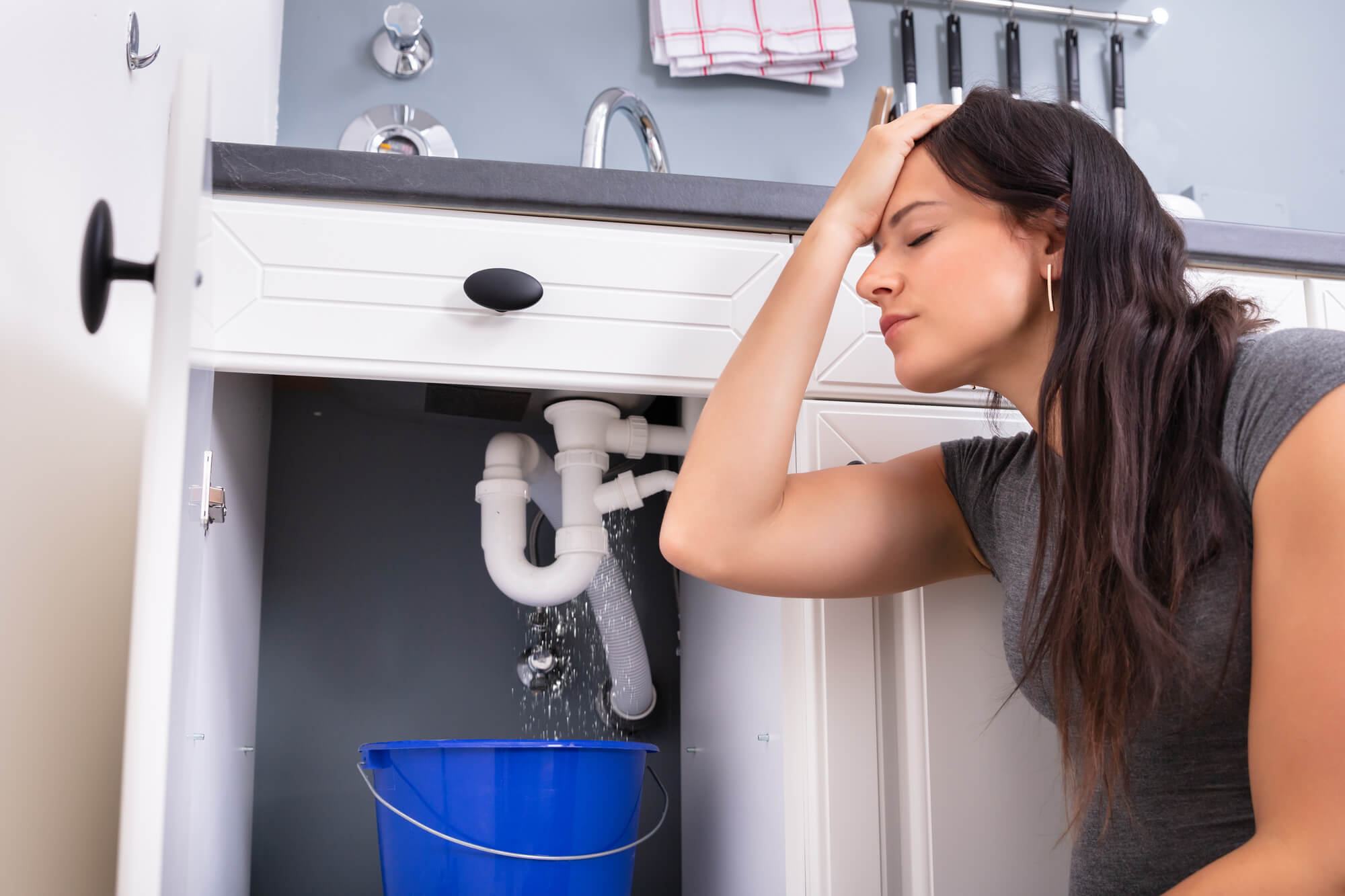Tips For Paint Storage And Optimal Usage In Finishing Operations
When it comes to industrial paint, storing the paint correctly is a crucial step. One of the major differences between an average and professional finish on your products after using paint, is how you store it.
When it comes to storing paint in an industrial setting, it cannot be stored like normal paint. Since it is an industrial version, it needs to be stored out of the way, yet in a position that is easily accessible to those who need it.
Failure to store you paints properly can lead to quality issues, waste, and can even become a hazard to the health of the people working there. Industrial paint needs to be stored very carefully following all necessary safety measures. This will also optimize the finishing process, ensuring quality and a safe work environment.
Here are what you need to consider when storing your industrial paints.
Temperature control and monitoring
One of the most important aspects to consider when storing industrial paint is the temperature of the location where your paints are stored. Industrial paints require a specific temperature to be in optimal condition. Generally, a dry place that is between 5 to 35 degrees Celsius is considered a suitable temperature for industrial paints.
The metal tins need to be kept away from any moisture as this can rust or damage the paint. They also need to be kept away from direct sunlight to prevent it from heating up too much.
If your storage space is too hot or too cold, the temperature can ruin the paint, so you will need to have a space where you can have a continuously monitored room temperature. The temperature needs to be maintained in summer and winter accordingly.
Proper Ventilation
For durability and a scratch resistance finish most industrial paints are solvent based. Even a small gap under the lid can release solvent vapours into the environment, making it toxic and giving it the potential to exploded if anything flammable is around. So always keep the storage room well ventilated. Some storage facilities have a ventilation system to constantly monitor the paints and remove the solvent vapour to limit the hazardous situations.
Turning the tin/tubes upside down can also help ensure the paint is sealed correctly but make sure you close the lid properly before turning it over.
Spill protection
Mistakes can easily happen, and if one of your paints happens to leak, it will damage the floor or other materials around it. Keeping a spill kit can always come in handy – a spill kit has absorbent materials to clean the paint and the can. Apart from a spill kit, you can also keep protective equipment like masks, gloves and medical kit around for your safety. Also, your paint need to be stored properly so that even the smallest leaks are easily noticeable.
Another safety measure for spill protection is applying a polyurethane coating, it has good chemical resistance, and the leaked paints can be cleaned easily without any hassle.
Inventory Management
Every paint has a finite shelf life, so proper inventory management is essential to make sure paints doesn’t go wasted. Always keep track of your paints, label them and keep rotating them as per their shelf life.
One of the best solutions for inventory management is following FIFO (First In First Out) management. It will ensure the product stored first is used first so that you won’t forget about the old stock. You don’t want to face the financial loss of letting the paint expire.
To ensure you paints are stored and mixed correctly you can invest in engineered spaces that are perfect for the storage and mixing of paints, such as paint mix rooms. Engineering companies such as DRYSYS Spray-Cure can help you ensure that you get the best out of your paints, by creating bespoke paint mix rooms for any type of industry in any space.










